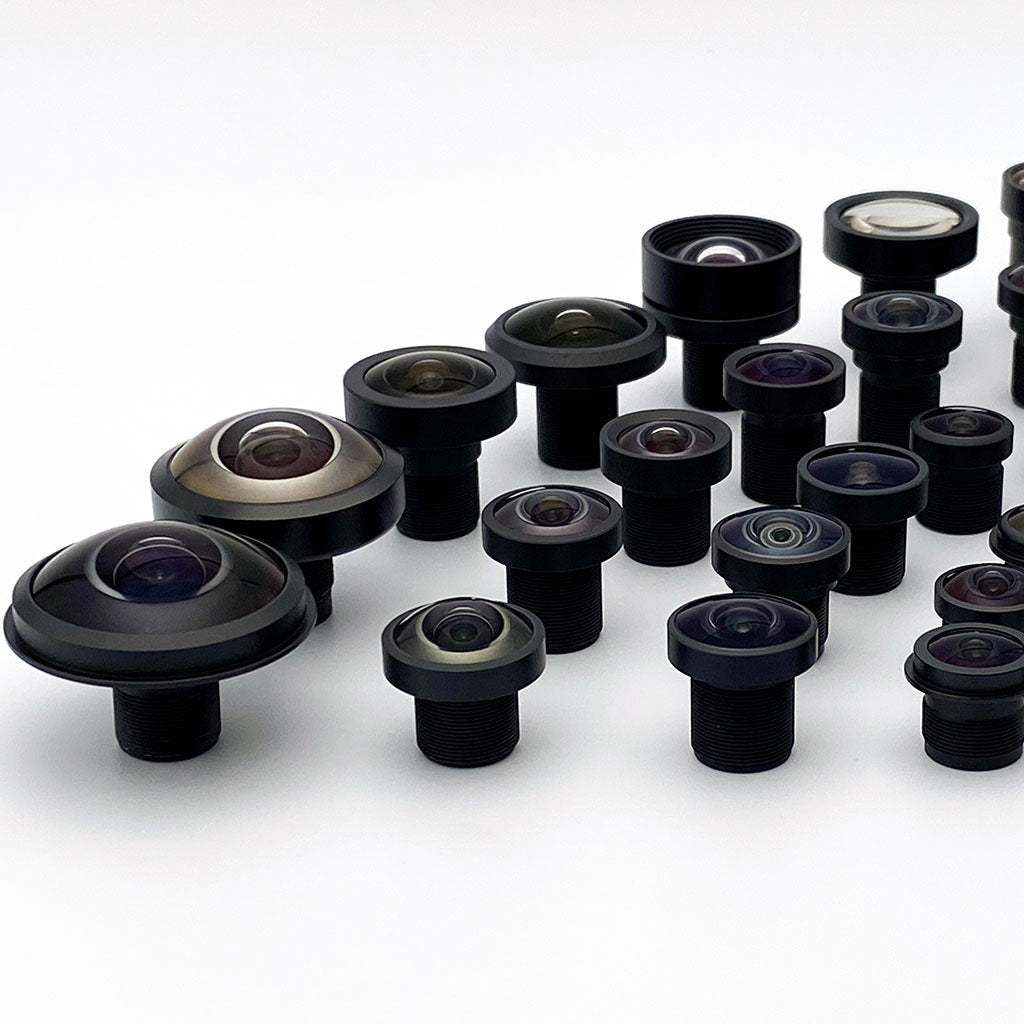How Does Optical Performance Drive Machine Vision Quality?
MTF characterization ensures lenses deliver consistent contrast transfer across the entire
image field. Engineers evaluate MTF at multiple positions to validate uniform resolution from center to
corner, critical for reliable defect detection.
Production lines require predictable optical performance across varying conditions. Use our
field of view calculator to
determine optimal focal length for your sensor and working distance requirements.
Why Do C-Mount Lenses Excel at Large-Sensor Applications?
C-mount designs
incorporate sophisticated multi-element constructions to minimize field curvature. This ensures sharp focus
across the entire sensor area, maintaining high MTF performance even at image corners.
The standardized 17.526mm flange distance enables flexible system design with
interchangeable lenses. Calculate your required depth of field to ensure
adequate focus range for three-dimensional inspection applications.
How Do M12 Lenses Enable Compact Vision Systems?
M12 lenses provide significant
size and weight reduction versus C-mount alternatives, critical for embedded vision and robotics. The
standardized thread mount ensures secure mechanical interface while maintaining compact form factors.
Board-level integration benefits from M12's short flange distance, enabling camera modules
with minimal total track length. Wide-angle M12 designs achieve extensive field coverage for area monitoring
in space-constrained applications.
What Drives Smart Factory Lens Selection?
Industry 4.0 systems require lenses with documented optical characteristics for
computational imaging. Precise distortion mapping enables software correction algorithms. Our FOV calculator helps optimize
multi-camera coverage.
Robotic guidance applications benefit from lenses with predictable geometric projection.
Fixed focal length designs provide consistent magnification relationships, while macro lenses enable
detailed inspection at close working distances.















